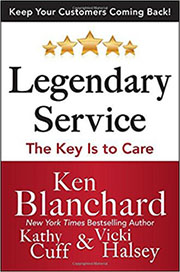We’ve started doing this accountability group around the office and it seems to be working. Recently, the boss man had this idea that if we put up our goals for everyone to see and kept each other in check for a 30-day challenge, the added accountability would help us stay committed t o reach our goal. Our goal was to start with 10 pushups at the beginning of the month and increase that number by 1 every day. As a result, we decided to continue this trend, and now we are participating in a daily calorie challenge where we log our meals and maintain a certain caloric intake. As you can see, so far so good and we have included 4 cheat days as good measure. I’ll probably eat a whole bucket of churros on my first cheat day.
o reach our goal. Our goal was to start with 10 pushups at the beginning of the month and increase that number by 1 every day. As a result, we decided to continue this trend, and now we are participating in a daily calorie challenge where we log our meals and maintain a certain caloric intake. As you can see, so far so good and we have included 4 cheat days as good measure. I’ll probably eat a whole bucket of churros on my first cheat day.
Taking this concept past a simple pushup or calorie contest, in my own experience and what much of the research has to say is this:
- In the weakest teams, there is no accountability
- In mediocre teams, bosses are the source of accountability
- In high performance teams, peers manage the vast majority of performance problems with one another
If you are on the first two teams, look for a trade or try to resolve the problem. None of these options are really that easy, but the latter option is probably the most feasible. Here’s what you need to know about accountability. Don’t be scared of it. If accountability is seen as negative and punitive in the office, do what you can to change that perspective for everyone. Put up a challenge for the various task goals that everyone has and create accountability for one another.
Here’s a distinction that you need to be aware of: there is a critical difference between “holding someone accountable” and “creating accountability” in your team. The first creates a culture of fear and brings potentially significant, negative connotations and impact. The second allows the team to be mutually invested in the success of oneself and others. Decide for yourself what environment you want to create in your office and see what outcomes you get as a result.
Gus is a Learning and Performance Professional at the Ken Blanchard Companies and is currently finishing his PhD in I/O Psychology. He can be reached at
Filed under: Accountability, Behavior, Challenges, Fear, Goals, Leadership, Partnering, Productivity, Responsibility
Read more http://whyleadnow.com/2014/10/10/1-secret-of-high-performing-teams/






